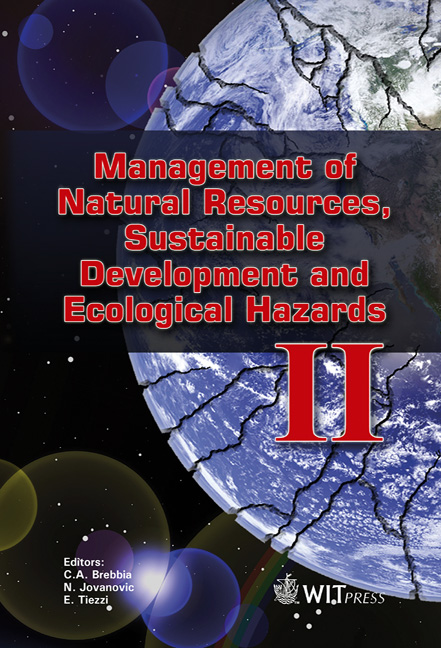The Impact Of Relative Sea Level Rise On The Northern Adriatic Sea Coast, Italy
Price
Free (open access)
Transaction
Volume
127
Pages
12
Page Range
137 - 148
Published
2009
Size
2,224 kb
Paper DOI
10.2495/RAV090121
Copyright
WIT Press
Author(s)
L. Carbognin, P. Teatini & L. Tosi
Abstract
The lowlying coast of the Northern Adriatic Sea, between the Venetian territory to the north and the Ravenna area to the south, is very sensitive to land and sea elevation changes. Subsidence assessments show that geological land subsidence has and continues to occur unevenly at different rates (from less than 1 to more than 5 mm/yr), ascribable primarily to sediment compaction and secondly to deformation of substratum. Anthropogenic subsidence, mainly due to groundfluid removal, has severely occurred in the second half of 1900 reaching values of some centimetres in the Venice area and a few meters southward. Starting in the 1970s, however, with the halt of groundwater withdrawals, anthropogenic subsidence has been strongly reduced or stopped. The availability of tide gauge data in Trieste, Venice, and Ravenna, along the Northern Adriatic coast, allows accurate assessment and meaningful observations of sea level changes. The analysis of data recorded from 1890 to 2007 shows negative trends of relative sea level equal to 1.2 mm/yr in Trieste, 2.5mm/year in Venice, and 8.5 mm/yr in Ravenna. Since Trieste is known to be stable, the rate of 1.2 mm/yr is attributable to the eustatic rise only. The comparison between Trieste and the other two cities shows that the trend at Venice and Ravenna is significantly influenced by land subsidence that is responsible for about the 57% and 85%, respectively, of the recorded relative sea/ground elevation changes. The relative sea level rise has induced modifications in geomorphologic and ecological features of the entire coast. Keywords: Northern Adriatic coast, geomorphologic features, sea level rise, land subsidence, environmental impact, flooding.
Keywords
Northern Adriatic coast, geomorphologic features, sea level rise, land subsidence, environmental impact, flooding





